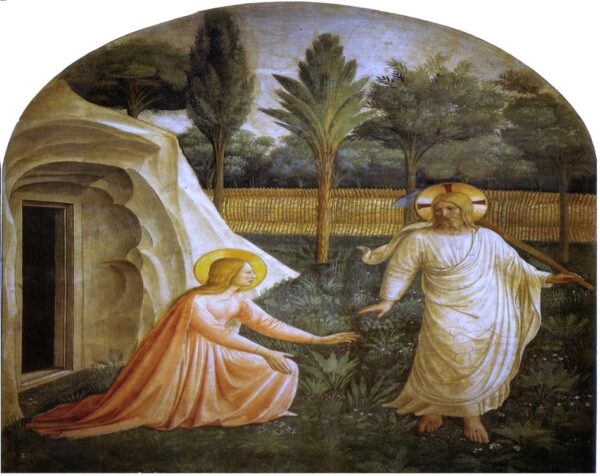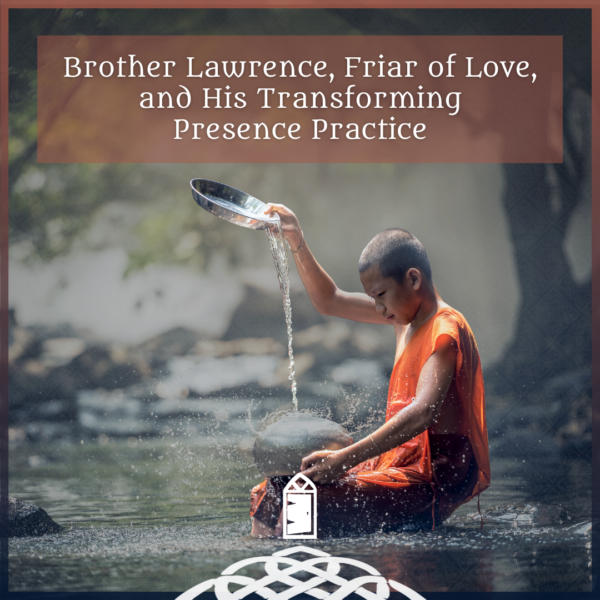Dearest monks, artists, and pilgrims,
This Saturday, August 20th, Wisdom Council member and friend Dr. Jamie Marich is leading a retreat on Healing the Wounds of Spiritual Abuse. Jamie is the founder of the Institute for Creative Mindfulness, the practice of Dancing Mindfulness, and has presented this creative movement in many of our programs. For this retreat Jamie combines faith and scholarship with her expertise in trauma therapy and creative mindfulness as a modality for healing. Read on for Jamie’s reflection on healing the wounds of spiritual abuse.
***
On the very week in 2015 when marriage equality for LGBTQ+ individuals became the law of the land in the United States, I happened to be offering a 2-day fundamentals of trauma continuing education course in suburban Virginia. I lead my students through a rather typical discussion on the expanded definition of trauma that therapists like me now use. Trauma is more than just “post-traumatic stress disorder” that we read about in the diagnostic and statistical manual. The English word “trauma” comes from the Greek word meaning wound, and in its most basic sense, when we talk about working with trauma as professionals, we are referencing any unhealed human wound—physical, emotional, sexual, verbal, financial, and yes, spiritual. Spiritual trauma and spiritual abuse are very real forms of wounding experienced by people around the world. After establishing this definition I ask my students to give examples of the ways in which people are wounded, and people are becoming more comfortable about naming spiritual wounding or abuse of various kinds when I ask for examples. Such wounding is especially pervasive for people who identify as lesbian, gay, bisexual, transgender, or as any marginalized person due to sexuality or gender.
One participant, a very conservative Catholic, got especially squirrelly with me. She protested, stating that it’s also wounding for people to be persecuted against for their religious beliefs. I publicly agreed with her that yes, in some people’s stories, being persecuted against for what they believe can cause them harm. Persecution against Jewish people throughout history strikes me as the most pervasive example of this phenomenon. Yet especially in modern America, many of the same people who claim to be “persecuted against” are highly discriminatory against LGBTQ+ folks, individuals who are marginalized due to their race and/or ethnicity, and others who believe differently than them. And in my voracious study of scripture and scholarship in which I’ve engaged as part of my own healing, I do not see any case for being horrible to people who are different than you as being necessary for worshipping or believing in the God (or Jesus) of your understanding.
The participant came up to me privately over break and said, “I see what you’re saying, but wouldn’t you agree overall that church and faith has done more good for the world than not?”
I took a breath, trying to find the most diplomatic way to respond. Because no, I do not believe that institutionalized religion has created more good in the world than harm. And even the softer brand of “spiritual not religious” teachings that are more popular these days because of people’s frustration with religion can cause their own share of harm. I say all these things as someone who, despite my own experiences with spiritual abuse from both Catholic and Evangelic corners of my family, remains a person of faith. I am not even anti-religion. I still maintain a largely Catholic identity (albeit a very liberal flavor of it), and have been known to answer the question, “What religion are you?,” with the cheeky yet relevant response of, “I am all religions.” Because I see common threads in them all—the beautiful and the ugly, the nourishing and the depleting. And all of them reflect some aspect of me, a very emotionally sensitive, deeply feeling kid who has longed to connect to something greater than herself since those early days of listening to hymns from folk choir at the parish in northeast Ohio where I first encountered a church.
The summary definition of spiritual abuse that I offer to my students, clients, and people who work with me is that spiritual abuse is when God—or some other spiritual or religious construct—is used as the weapon to control or to demean an individual or a group. A power differential is typically assumed when abuse exists, so the parent/child, pastoral figure/congregant, guru/disciple, or politician-dictator/citizen are common dynamics where we see spiritual abuse exist. Like many forms of abuse, some of you may fully relate to what is written in this piece and are crying out, “Me too!,” whereas others may be wondering, “Hmm, does this apply to me? After all, yes, I was hurt by something connected to church but it wasn’t as bad as others had it, and I still got a lot of beautiful things from church (or other spiritual/religious container).”
Trauma means wound and wounds can come in various forms, shapes, and sizes. In whatever way you may have experienced wounding from God, church, or anything spiritual/religious, your wounds are valid and are deserving of care and attention. You may find that your healing journey requires you to care for yourself like a survivor of any other trauma would—by seeking professional therapy and other healing arts. And part of your healing experience may prompt you to find other expressions of faith that are more nourishing, authentic, and reparative to you. I know that the Abbey of the Arts is one of the places where I find this reparative nourishment! On the other hand, your healing may also ask you to take a pause from anything spiritual or religious right now. Like with any form of trauma healing, you must walk your own road in determining how you can best heal, yet please know that if you’ve ever wondered whether or not your spiritual wounds are a valid form of trauma, they most definitely are. You are not walking this road alone.
***
We are so excited to welcome Jamie to lead this retreat for us. You can register here. In addition, Yoga with Melinda returns this Thursday to celebrate summer’s abundance.
New dancing monk icon: Meister Eckhart
We are also sharing another of our new dancing monk icons in the series – you will find Meister Eckhart above. He was a 13th-14th century German mystic who preached a powerful path of stripping away all that we think we know of God to come to an encounter with the divine presence. Even though he was primarily an apophatic (way of unknowing) mystic who preached in cities, he saw the Holy in all of creation: “Apprehend God in all things, for God is in all things. Every single creature is full of God and is a book about God. . . If I spent enough time with the tiniest creature–even a caterpillar–I would never have to prepare a sermon.”
With great and growing love,
Christine
Christine Valters Paintner, PhD, REACE
Dancing Monk Icon by Marcy Hall






